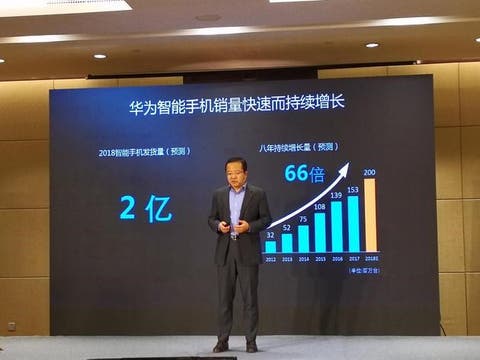This afternoon, Huawei announced that it has launched HiAi 2.0, an artificial intelligence development platform. Wang Chenglu, President of CBG software at Huawei Consumer Business Group, said HiAi 2.0 will support more devices, from smartphones to tablets and laptops, compared with HiAI 1.0.
In 2017, based on the Kirin 970 chip, Huawei demonstrated the artificial intelligence of the HiAI chip. The built-in NPU can recognize text and images and scene content more quickly. In April 2018, Huawei officially launched HiAI 1.0, an artificial intelligence development platform.
According to Wang Chenglu, the HiAI 1.0 has a three-level core-end-cloud architecture – the core supports 90 operators, the end supports 22APIs, and the cloud supports 500+ atomization services. The application of HiAI 1.0 on the end side mainly includes camera scene Master AI, third-party application Prisma, and Microsoft translation. Probably, you should be familiar with it through the AI camera settings.
In order to show the improvements made in the HiAi 2.0, first, Wang Chenglu introduced the architecture of 1.0. But the differences are obvious. The image recognition performance of the Kirin 980 chip is twice that of the Kirin 970. It is compatible with almost all mainstream AI frameworks and has stronger compatibility. On the end side, it has richer API capabilities and scene applications, including document processing, photo and video sharing, etc. At the same time, Wang Chenglu revealed that HiAi 2.0 will also cover more devices, from flagship smartphones to entry-level phones, from smartphones to tablets, laptops, and set-top boxes. At last, as for the cloud, it is now based on context-aware services and offers direct services and smart recommendations.
Follow Gizchina.com on Google News for news and updates in the technology sector.
